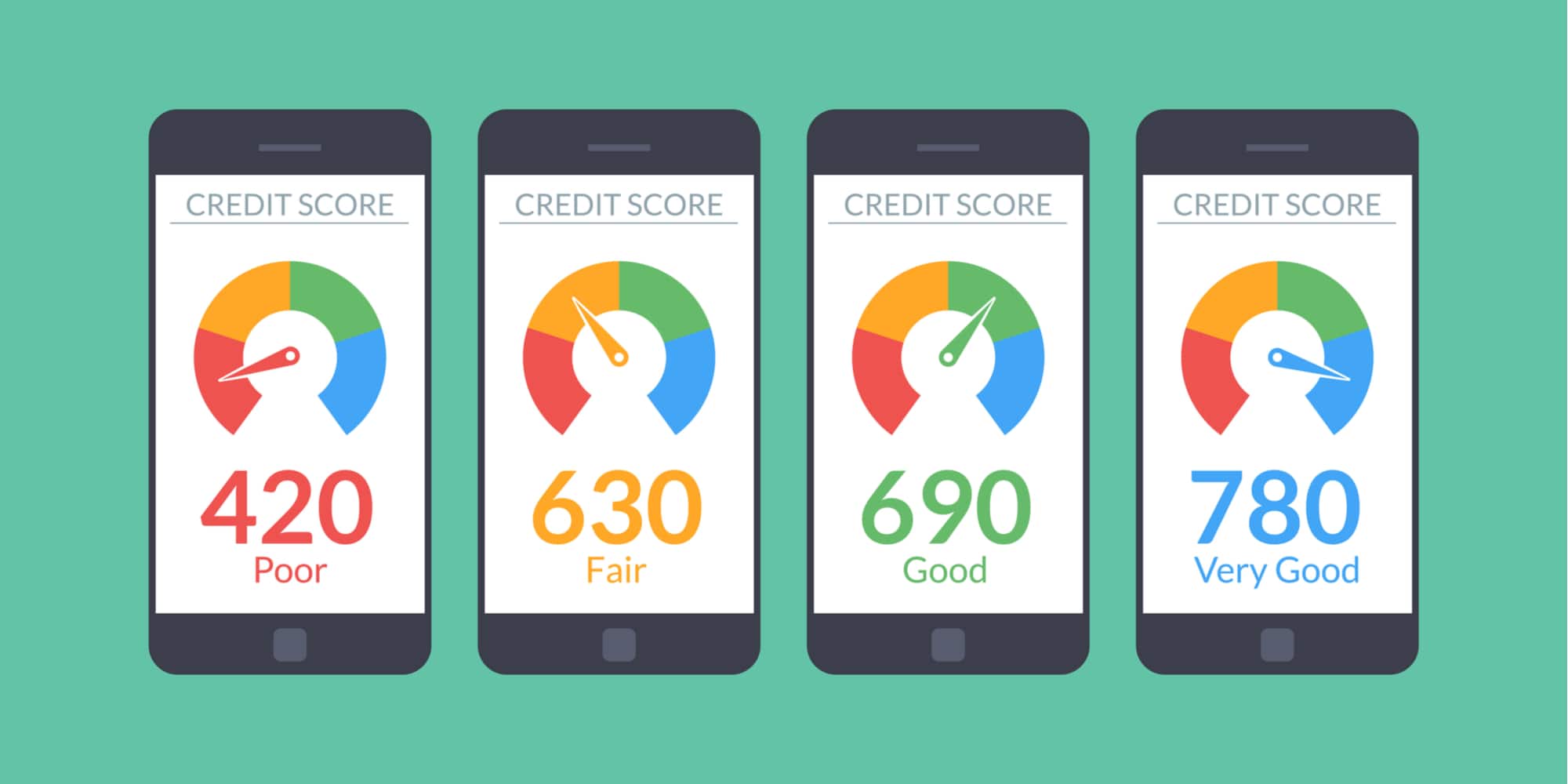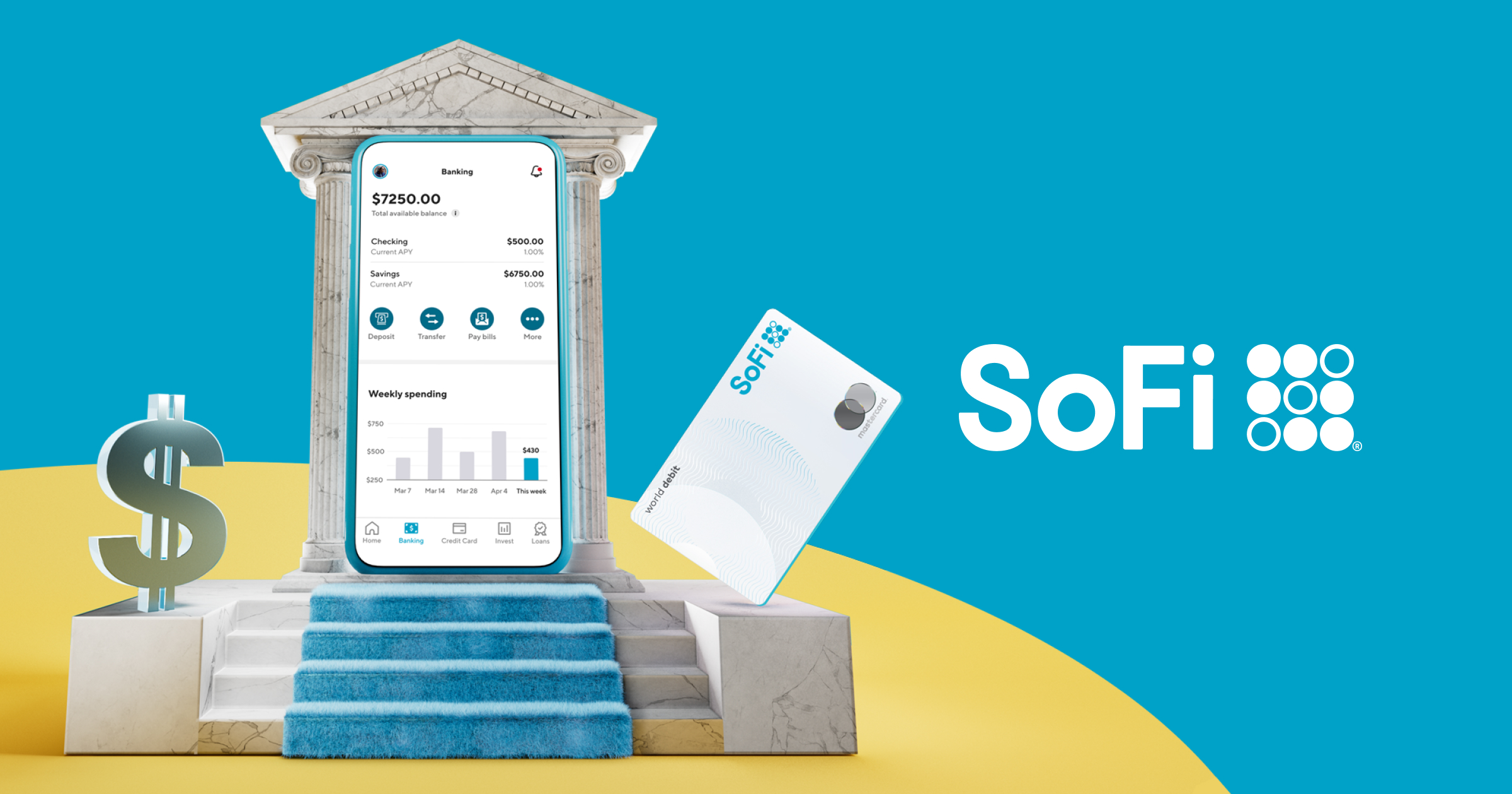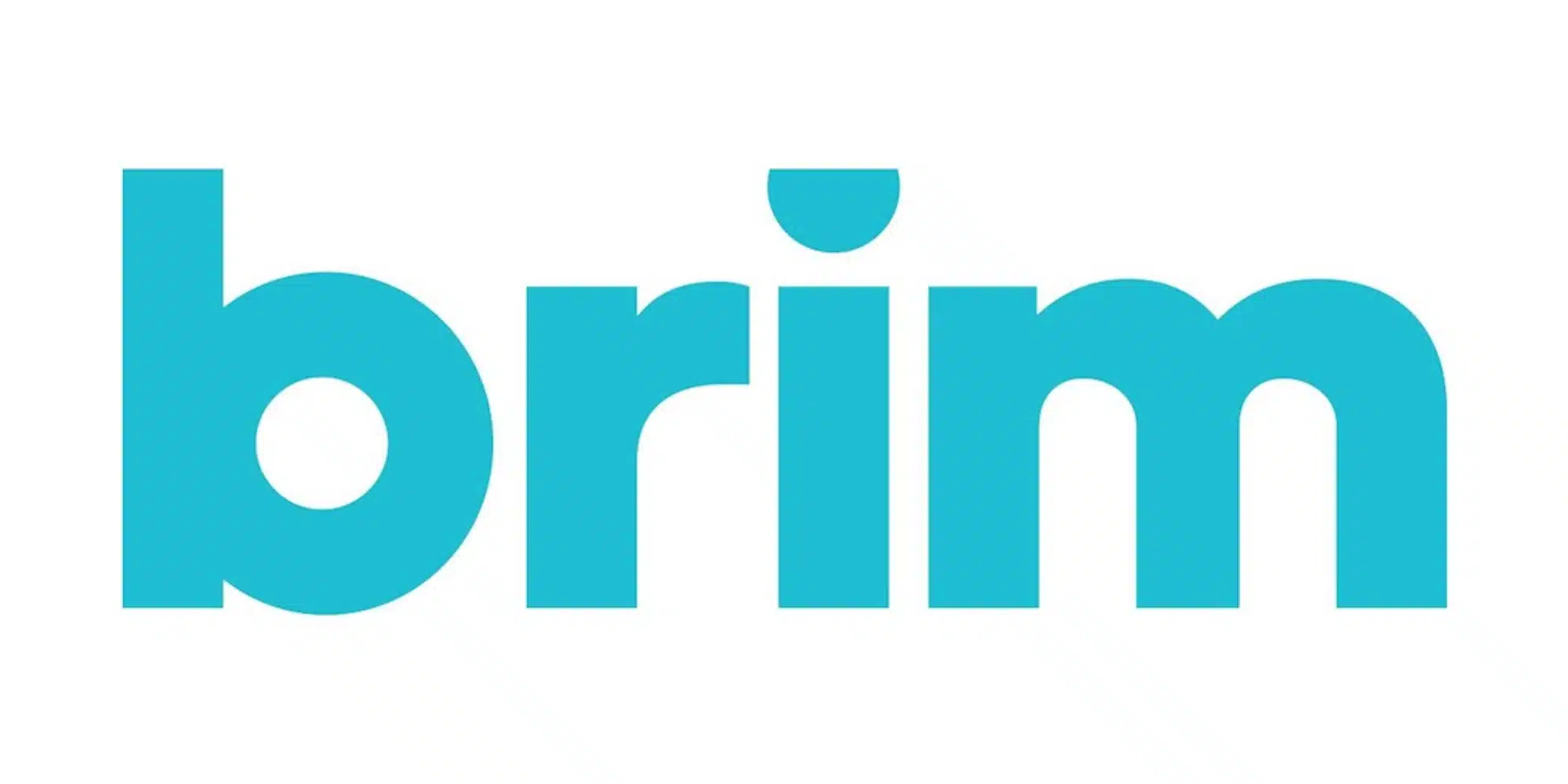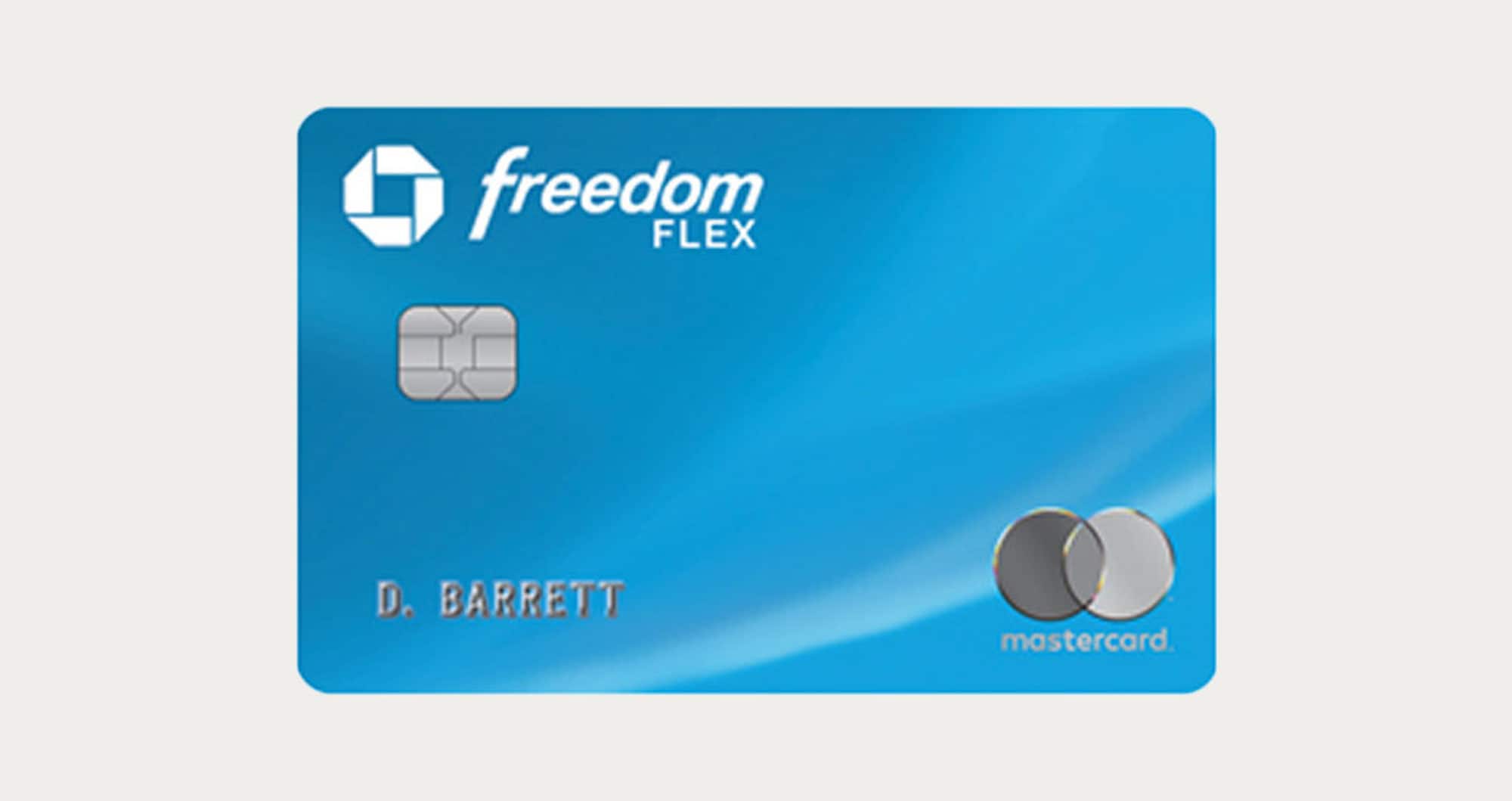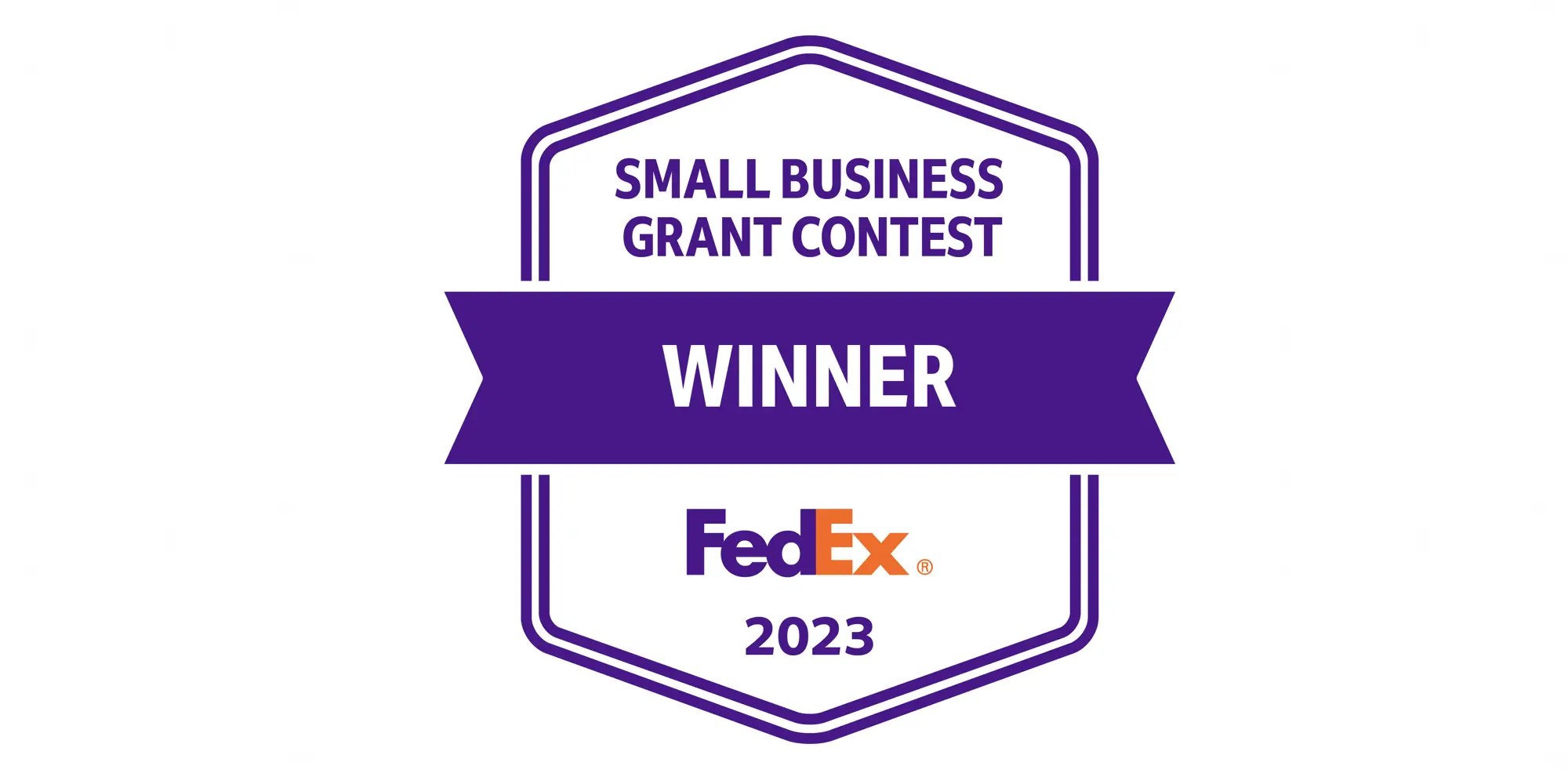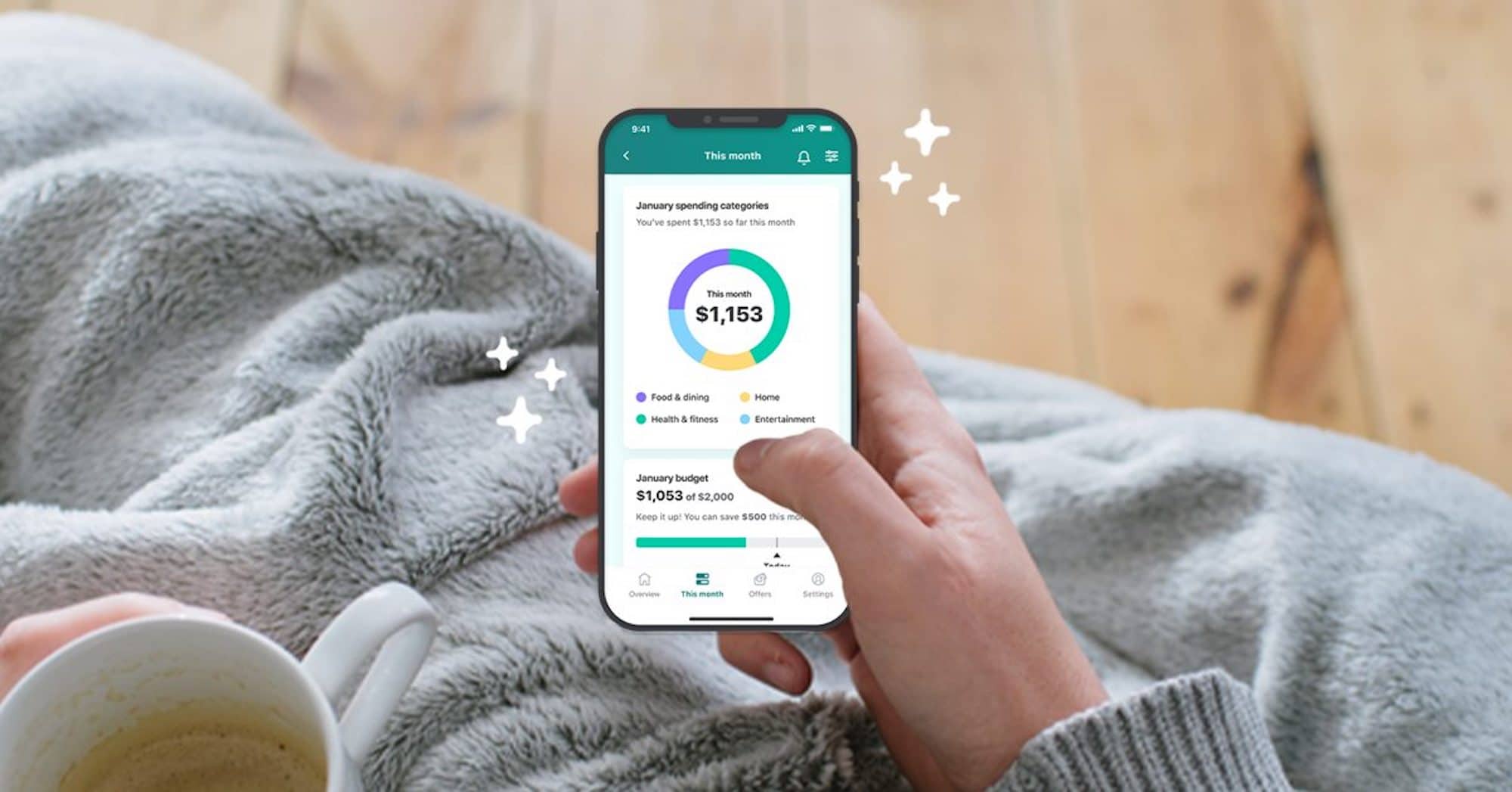
Money Management Product Reviews
2021 Mint Review: Much More Than Just a Budgeting App
Even before I started blogging about personal finance myself, I’d frequently come across articles about various financial apps. That’s when I started to notice a trend: regardless of what list I was looking at, Mint seemed to always be included. Eventually I came to learn that what I thought was just a mobile app also had a desktop site and, together, they comprised one of the most popular free financial tools out there.
So, a while back, I figured it was time to get started with Mint for myself — and recently revisited it to see some of the changes the app has made. Without further ado, let’s first dive into Mint’s desktop site and talk in-depth about what features it has to offer.

- Most features available with free account
- Available on desktop or mobile app
- Linking accounts is needed to get the most from the app
- Not as many customization options as some other services
Getting Started with Mint

While signing up for Mint is about as simple as creating a username and password, getting the app and/or site to a usable and helpful state does require an investment of time. That’s because, in order to use the service as intended, you’ll need to connect as many of your financial accounts as possible. This includes regular checking and savings accounts, retirement and investment accounts, and even online accounts for cable companies, cellular service providers, and utility companies. In reality, linking all of your bills to Mint is optional from a budgeting standpoint but is very helpful for using the at a glance billing calendar, which we’ll get to later.
To be honest, the most time-intensive part of this process for me personally was trying to remember — and, in many cases, resetting — my passwords for my various banking accounts. I also came across a couple of quirks in the linking system that added a few minutes to my experience. For example, by requesting to link an account under “PNC Virtual Wallet,” it included my wife’s and my savings and checking but not our IRA. So I then chose “PNC Investments” which added all three accounts, including those added through the Virtual Wallet. So I ended up having to delete the “Virtual Wallet” data lest I have duplicate info. Granted, fixing these small errors didn’t take a ton of time but are still worth noting. However, like with similar offerings that rely on account linking, you may need to repair these connections from time to time.
There are also options to add other bills or assets that don’t have accounts. This includes adding your rent so it’s accounted for in your rent and/or providing your automobile info to factor into your net worth. Lastly, you can also sign up to receive your free credit score, which requires you to enter your social security number and answer a few questions to verify your identity.

Mint Overview
There’s a lot to Mint but the majority of it is included on the Overview page. My favorite feature lives in the left column where your various account balances are compiled, allowing you to quickly view your cash on hand, outstanding debts, investment balances, and more. With far too many bank accounts, three retirement accounts, multiple brokerage accounts, and half a dozen credit cards to our names, getting this wide lens snapshot of our finances has been extremely helpful to my wife and me. Furthermore, I’ve found myself fascinated by the net worth tab that calculates the value of your assets and subtracts your debts. Sure I could tabulate this number by myself, but having it generated automatically and in real-time is not only interesting but, dare I say, motivating.
Before we get into the larger sections of Mint, let’s talk about their free credit score that appears about halfway down the Overview page and in the “Credit Score” tab. Like other educational score services such as Credit Karma or WalletHub, Mint displays your score (which is provided by TransUnion) and shows you where you fall on the scale. The “Credit Score” section will offer you more info about your score including your credit utilization, payment history, age of credit, etc. It will also display your on-time payment percentage (which is hopefully 100%). As I said, this is fairly similar to other services. However, when I first signed up for the service, the score it showed for me was about 20 points lower than other sites quoted. Since then, Mint has switched from service scores based on data from Equifax to offering TransUnion scores. I’m not sure why that would make a difference since Credit Karma uses both bureaus for their score but, whatever was causing that discrepancy, it seems to have been corrected as my scores now match across various platforms.
The rest of the Overview page is populated by a widget version of some of the other subpages Mint offers. With that in mind, let’s take a look at each one individually.
Transactions
Incidentally, the Transactions section is the only one not to be clearly represented on Mint’s Overview page but there’s a pretty good reason for that: Transactions is easily the least sexy and most unwieldy section on Mint. That said it’s also one of the most important if you’re using the site for budgeting purposes. Here is where you can not only view all of your purchases and deposits across all of your accounts but also categorize them and add notes. The reason this is important is that the category you select will dictate how each transaction is accounted for in your budget.
In most cases categories for each transaction will be automatically detected by Mint. Of course it’s far from infallible and so you may want to make some changes. A humorous case that stands out in my mind was when a 5K run I had signed up for was accidentally labeled as fast food — that’s some clever irony, Mint. (To be fair, the race was sponsored by a local donut shop so I can see where the error was made.)
As you’re perusing transactions, what’s also helpful is that you can tag transactions with tags such as “reimbursable,” “tax related,” or create your own tags to help you keep better track of your finances. For example, if you went on a trip to Paris, you could create a “Paris” tag to add to all relevant purchases. A round-up of transactions you’ve tagged can be found at the bottom of the left column. Lastly you add cash transactions manually to be included in your budget if you so choose.
Bills
Next up (after the aforementioned Credit Score tab) is the bills section, where recurring items you’ve entered into Mint will be displayed. Upcoming due dates are also recapped on the Overview page. As I mentioned earlier, you can populate the Bills section by linking various accounts (in my case AT&T and Spotify) and/or entering other expenses such as rent.
Once upon a time, this section gave users the option of actually paying bills through the platform. Unfortunately that feature has long since been discontinued to the dismay of many. Personally I never actually used that aspect of Mint nor do I really even use this tab in general. Still, for others, I suspect that the ability to see your bill due dates — and amounts due if you link the accounts in question — in calendar form could be a great assistance.

Budgets
Whenever I thought of or even wrote about Mint in the past, I referred to it as a budgeting app. Even though I now understand that it’s really more than that, the budget section is clearly the star offering. With the ability to establish spending limits for a variety of categories, set alerts, and monitor spending in near real-time, it’s not hard to understand why Mint has become a go-to for those looking to rein in their spending.
When I first connected my accounts, Mint automatically set a budget for me across a number of categories. Sure you could stick with what they suggest but the customization they offer is outstanding. For one, in addition to the comprehensive list of categories they include by default, you can also add your own.
Another great feature is the ability to budget for less frequent expenses. For example, if your car insurance bill is $500 but is only due every six months, you could set that category to a six-month cycle. This will allow you to set money aside for the upcoming expense.
Going hand in hand with the Budgets section is Goals. Here you can select various money milestones such as purchasing a car, building an emergency fund, or saving for retirement and have Mint help you budget for that goal. Additionally, if you end up with a surplus at the end of the month, Mint will encourage you to put that money toward one of your money goals by telling you how much sooner you’d achieve it with the extra boost.
Trends
Trends is a data-driven section that takes a closer look at your finances and spending. Sadly, I have to admit that I don’t quite understand its usefulness. Maybe I’m just not doing a good enough job at updating all of my data in Mint to make these various graphs helpful but there are only a few graphs I see much value in. For those working to pay off debt, I imagine that watching the numbers on the “Debts over time” graph would certainly be motivating. Similarly seeing the “Assets over time” chart rise could be equally as encouraging. As for the rest… I’ll leave it up to you to discover what aspect of your finances they help you visualize.
Investments
This was a section I was certainly not expecting from Mint. In Investments you can view your various retirement accounts and see how they’re performing. For example you can compare your rate of return to those of indexes such as the S&P 500, the Dow, and others. These are all pretty cool features… even if I don’t always completely understand what it is I’m looking at.
Despite being extremely interesting and educational overall, it’s also not always a great idea to babysit your retirement accounts, especially at such a young age. So while I do check up on this tab every now and then, I try not to drive myself crazy by obsessively monitoring my long-term investment money. That said, if you do want greater insight about your investment portfolio, I’ve found that Personal Capital has more to offer in this category along with some other Mint-esque features.
Ways to Save
Like many other free services, Mint needs to make money somehow. That’s why, in addition to the Ways to Save section, you’ll come across suggestions for all kinds of accounts. If you’re in the market for a new credit card, savings accounts, or investment account it is nice to be able to compare options at a glance. Otherwise, you can feel free to mostly ignore this section. (Sidenote: I did find it humorous that they suggested the Discover It card to me even though I linked my account for that card. This makes me wonder how personalized these offers actually are.)
Notifcations
While not necessarily a tab, another section of Mint worth discussing is Notifications. You can view recent alerts by clicking the bell icon in the top right corner of the site, but you’ll now need to set up what triggers these alerts by visiting Settings and then Notifications. Here you’ll be able to set customized reminders that will inform you of recent large purchases or deposits that were made, bring your attention to any low balances, and let you know when you’re close to reaching your budget limit. Like I mentioned you can also customize these to add a number of features such as warnings about unusual transactions over a certain amount or even have it highlight fees your banks are charging you. Overall, this is an aspect of Mint you’ll definitely want to explore.

The Mint App Review
As you probably know, Mint also offers a mobile app. In fact, the mobile offering is in the process of being updated as parent company Intuit reinvests in the product. With that, let’s take a look at how this compares to the desktop site.
Overview
Like its desktop counterpart, the “Overview” tab of the Mint app provides a quick look at several different aspects of your finances. Here you can view recent transactions, upcoming bills, your cash flow, your credit score, and more. What’s also cool is that you can rearrange each of these sections in whatever way you see fit by going into the settings.
Alerts
Something I should note is that the app is scaled way down from the website itself, which honestly came as quite a shock to me. Because of this, I’d recommend managing your budget on the desktop site and using the app for updates and alerts. Speaking of alerts, another advantage of having the app installed is that you can opt-into push alerts for your customized notifications. Oddly, though, it seems you’ll need to edit the parameters for what sets these alerts off while on the desktop site, as the mobile app only enables you to toggle on/off push notifications, emails, your bill calendar, and your credit score calendar.
Marketplace
Previously known as Offers, this section is kind of the equivalent of “Ways to Save” on the desktop site. In other words, unless you’re in the market for a new credit card, loan, or brokerage account, you can skip it. However, if you are curious about such products, Marketplace does offer a sleek and user-friendly interface in which to view your options.
Perhaps the most interesting Marketplace subsection is Investing. In addition to brokerage accounts, you’ll also be able to browse alternative investment platforms such as Fundrise (P2P real estate investment), Worthy (fixed-rate bonds), Masterworks (artwork investment), and more. Elsewhere, I also appreciate that Mint includes plenty of category toggles and other search options so that you can find the right product for you.
Settings
Finally, in addition to the notification and overview settings I mentioned, here you can also add and manage your linked accounts. This is helpful as certain actions — like changing your banking password — can cause accounts to stop updating. Thus it’s nice to have a way to resolve these issues right from your smartphone. Also helpful is the ability to enable Touch ID (or Face ID or whatever your phone offers) to get faster access to the app. Bottom line: be sure to check out the setting section of the app to maximize your experience.

Final Thoughts on Mint
To say I learned a lot about Mint in my efforts to initially review it is an understatement. I had no idea how wide-reaching and comprehensive the service was. Much to my surprise, it is not just a budgeting app or merely a way to view multiple bank accounts at one time — although those are both outstanding features. Mint actually is the one-stop financial dashboard it claims to be and, as a result, has been a tool I’ve used frequently.
Speaking to how impactful a simple idea such as seeing all of your accounts in one place can be, our use of Mint has made it easier for my wife to get on board with the idea of holding our money in a variety of accounts instead of keeping it with our primary bank. In fairness to her, if you’re used to having a healthy balance in your checking account, moving your money to an online bank account where you can often get a better return on your money can still feel strange and almost as though you’re parting with your cash. Thankfully Mint helps ease their pain point as you can at least get a fuller picture of your finances instead of focusing just on individual parts.
In terms of flaws, there are a few. For one, considering both Mint and Quickbooks Self-Employed are owned by Intuit, it would be nice if there were better integration options between the two. Although you can apparently export and import transaction data, I’d love it if I could simply mark a transaction as business once and have it sync between the two applications.
Another issue I have with Mint is that, as some fans have previously made note of, the platform hasn’t seemed to keep up with the times. This is evidenced by it’s desktop site, which definitely shows its age and could really use a facelift (the mobile app, while lacking some features, is a much sleeker experience in my opinion). Luckily, it seems that Intuit realizes this and has recently announced intentions to update Mint — and is currently even running a beta version of an updated Mint app.
Despite these gripes, I’m very glad to have finally come around on Mint and can now see why it is (or was) considered the gold standard in free personal finance applications. Hopefully with Intuit’s renewed interest in the app, Mint can continue to innovate and build upon the solid platform that already exists.




